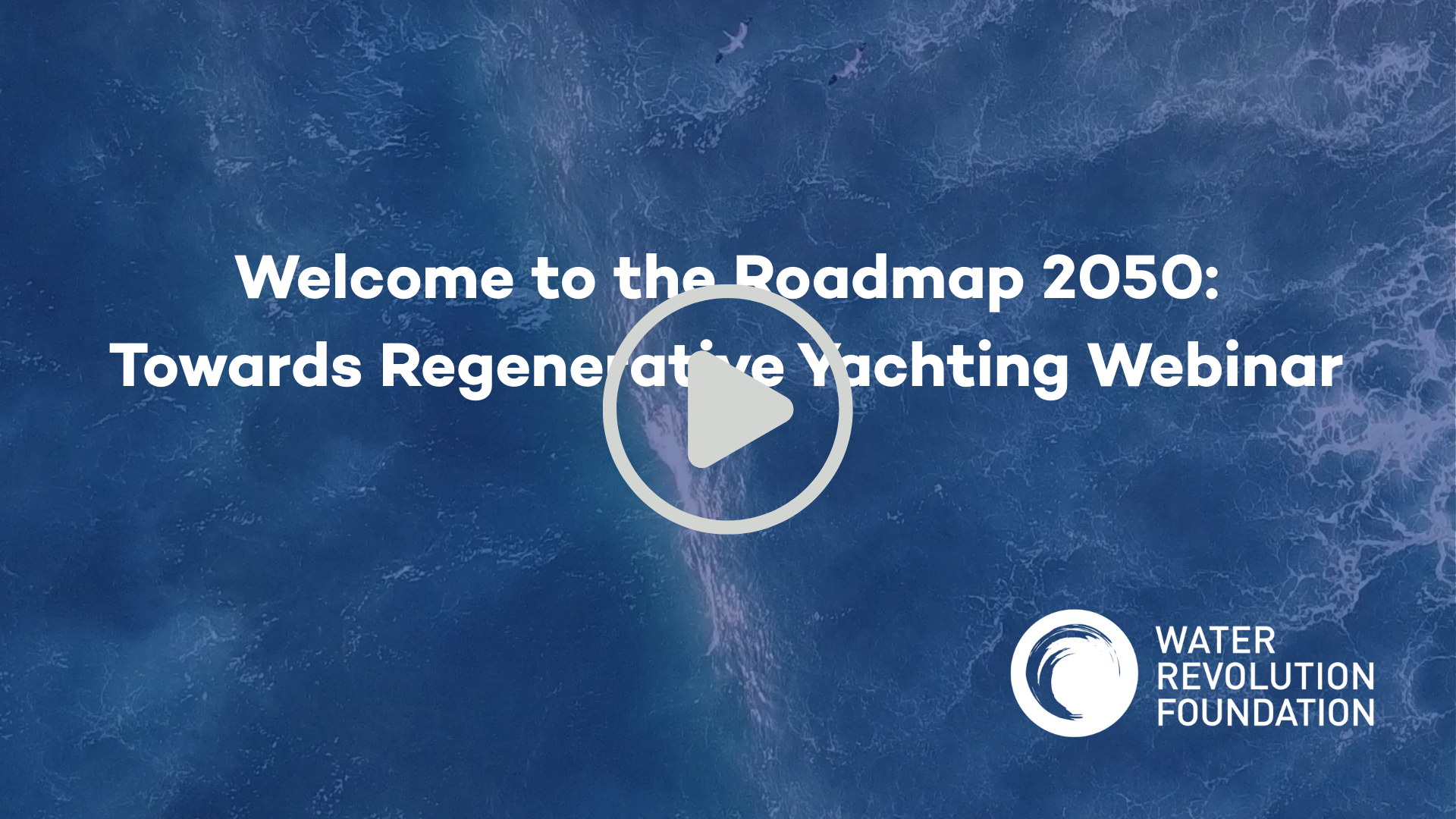The Roadmap 2050: design Sector Targets
Watch our Roadap 2050 webinar
The Roadmap to 2050 is designed to serve as a compass for navigating uncharted waters—together.
It outlines a collective, coordinated approach with quantified goals that engage and empower every stakeholder in the yachting industry. By committing to this roadmap, yachting companies can future-proof their operations, not only advancing decarbonisation but also moving towards a regenerative future.
Explaining the need, the background and compilation of this Roadmap is a critical step for soliciting commitment.
2025
50% of yacht naval architects adopt ISO TS23099 to minimise operational energy
50% of designers submit most commonly used materials for impact quantification
2030
40% of new yachts below YETI reference line
Use 20% recycled and recyclable materials on new & refits
2035
60% of new yachts below YETI reference line
Use 40% recycled and recyclable materials on new & refits
2040
80% of new yachts below YETI reference line
Use 60% recycled and recyclable materials on new & refits
2045
100% of new yachts below YETI reference line
Use 80% recycled and recyclable materials on new & refits
2050
100% of new yachts have YETI score 0
Use 100% recycled and recyclable materials on new & refits
Sector specific targets: Design
Generally, around 80% of an object’s lifetime impact is determined during its design phase and this holds true for yachts as well. This goes beyond the pure design work and includes contractual specifications and engineering outcomes. Key contributors include the hull and superstructure, interior and exterior material choices and quantities, engines, equipment, and more. This phase could therefore also be referred to as the “pre-build phase.”
With the large majority of yachts currently in build still being conventional, the tides are still not turning. Projects currently on the drawing board will therefore need to move away from conventional practices, minimize energy consumption from propulsion and the hotel load first and foremost. The Yacht Environmental Transparency Index (YETI) is a result of a 5+ year joint industry project to setup a sector specific index to assess and compare yachts on their environmental operational credentials and to serve as decisions support system to optimise new build projects and upgrade existing yachts.
Hence the targets for new build projects to be developed to score below the current reference line. This might even lead to reconsideration of specified range and speeds to be more in tune with how yachts are actually being used. Only then alternative fuels, photovoltaics, wind assistance and other renewable energy sources become increasingly viable.
For aesthetics and outfitting, targets around the use of alternative materials have been quantified. Eco-design should prioritise regenerative virgin materials or, where possible, recycled materials that can be recycled again at end-of-life. Since interiors typically do not last as long as the yacht itself, designing with future refits in mind is good practice. This approach helps minimise energy use and waste throughout the yacht’s lifecycle.

The collective path forward
The Sustainable Yacht Design Taskforce was designed to spearhead the creation of eco-friendly yachts driving sustainable luxury through knowledge sharing, collaboration, and innovation.
This taskforce brings together leading naval architects, interior designers and exterior yacht designers to collaborate in accelerating sustainability in yacht design. Companies involved are committed to delivering tangible outcomes, aligning with the Foundation’s ethos to advance sustainability in yachting.
Become part of the Sustainable Yacht Design Taskforce.

